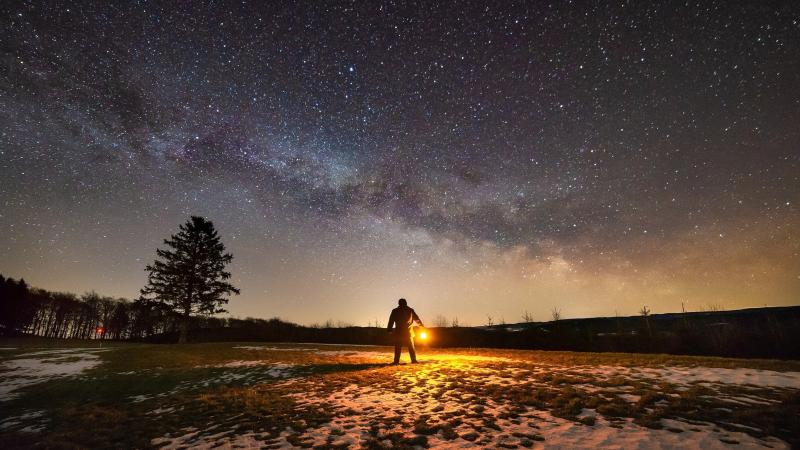
There was a time when stars in the night sky were a simile for infinity — one could see so many spluttered across a black blanket that counting them would take a lifetime! Fast forward to today, the night sky is lit not by the moon or stars but by city lights. Indiscriminate use of artificial light — from light bulbs in buildings to sodium lamps on streets to glaring neon billboards — has killed the joy of stargazing. It is estimated that about 83% of the world’s population lives in areas contaminated by light pollution. That is, only about one in five have the joy of watching the Milky Way every night! No wonder that in 1994, when Los Angeles experienced a blackout, people panicked when they saw a cloud of stars in the sky and frantically called for help! What they indeed saw was our galaxy.
Light pollution is doubling each year and threatening not only our sky-watching habits but also disrupting our sleep cycles, the circadian rhythm and ultimately our health. Several studies have shown the devastating effects artificial light has on wildlife — on sea turtles, fireflies, amphibians, and birds. Excess light also hinders astronomical studies and hence scientists are continuously on the lookout for pristine mountain tops to watch over the Universe. In India, studies show that light pollution is increasing alarmingly in New Delhi, Telangana, Maharashtra, Karnataka, and Uttar Pradesh, while cities in West Bengal, Gujarat, and Tamil Nadu are catching up.
The International Dark-Sky Association, an Arizona-based organization, works to protect the night skies for the present and future generations. It is celebrating the week of 6–12 April as the International Dark Sky Week to raise awareness about light pollution and its harmful effects. As citizens of the globe, you can help protect our planet by using artificial light only when needed. If you are passionate, you could join citizen science initiatives like Globe at Night to document your city’s skyglow and measure it using a smartphone. Such efforts can help policymakers realize how widespread light pollution is and act on it. After all, dark is as essential as light!
Editor's note - This article was originally published on Deccan Herald





